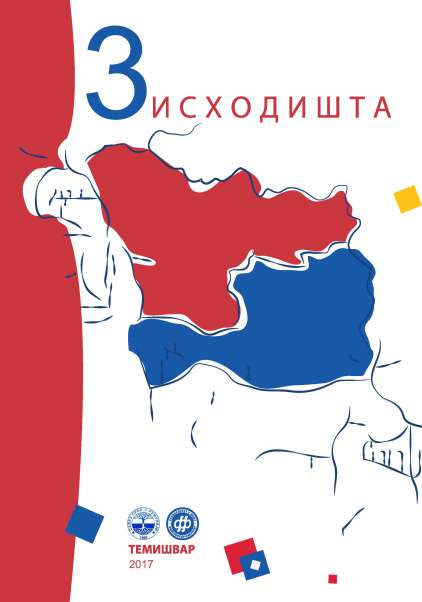ТВОРБА ФУТУРА I У СРПСКИМ ПОМОРИШКИМ ГОВОРИМА У РУМУНИЈИ
THE FORMATION OF FUTURE I IN SERBIAN POMORISH ACCENTS IN ROMANIA
Author(s): Žarko BošnjakovićSubject(s): Language studies, Phonetics / Phonology, Sociolinguistics, South Slavic Languages
Published by: Universitatea de Vest din Timişoara
Keywords: dialectology; Shumadian-Voivodinian dialect; Searbian Pomorish accents in Romania; formation of Future I;
Summary/Abstract: The author, based on the relative large corpus (120 cases), removed from the audio tracks recorded in Serbian Pomorish villages of Romanian part of Banat, set aside few formative model of Futura I, determine their frequency and analyze them in the Banat and the Balkan context. Compound Future (ću... + infinitive) is the most frequent model (72,5%), which is consistent with the state in Banat accents of Shumadian-Voivodinian dialect, but not in some Serbian accents in Romania. In Romanian exists similar model, but with shortened infinitive. Analitical Future (ću... + da + Pres.) is in the second place according to frequency (14,16%), that substantially legs behind the complex one. However, it is in Serbian part of Banat rarer in regard to number of cases og complex and simple Futere, which coincides with the state in idiolects in Plochice and Chenej, whereby in this accent from Romania four times more common than in that in Serbian side. In Romanian there is similar construction, but with auxilliary verb imati. In third place is the use of the present tense of the finite verbs in the labeling of future operations (6.66%). This phenomenon is widespread and in Serbian accents with Romanian border (Radojevo, Serbian Crnja, Itebej, Krushchica), but also in Chenej. Some authors believe that present in this function can find in the Romanian language. Simple Future (infin. base + ću...) is much rarer (5%) compared to the first two due to the tendency of analitism of speech, but also due to the fact that in Romanian there is no such formation, which is quite frequent in accents in Serbian side, as well as in the idiolects from Chenej and Plochice. For the Balkan model of Futura (particle će + / da / + pres.) it can be said that it is still be still in the begining (1.66%) and occurs without particle da. This model is not unknown in accents in Serbian Banat, and it is regular in colloquial Romanian language, in which it is formed with particle da (să).
Journal: Исходишта
- Issue Year: 3/2017
- Issue No: 3
- Page Range: 33-44
- Page Count: 12
- Language: Serbian

